5. Phase IV (1974)
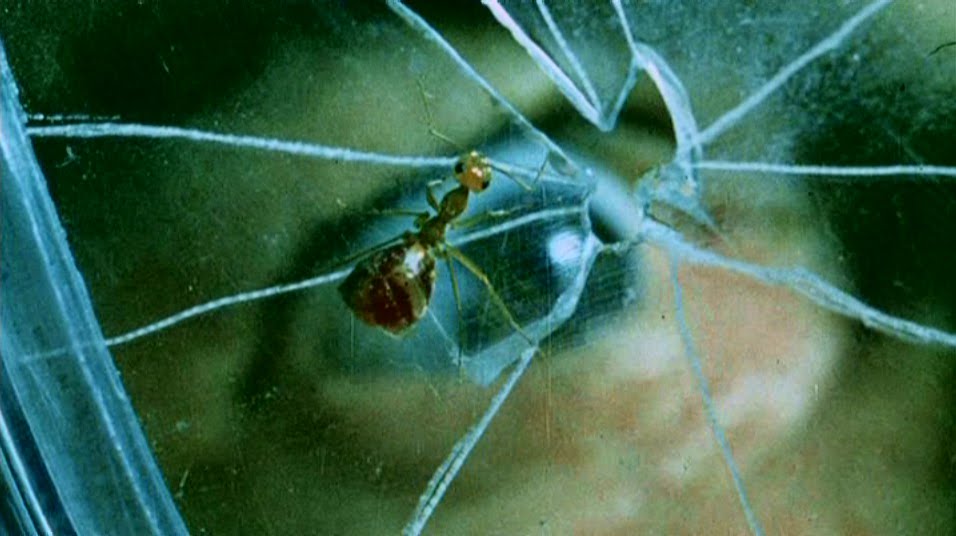
Visually arresting, elegiac, often silent and very claustrophobic, Phase IV is an anomaly even amongst 70s science fiction. This 1974 film is directed by another one-timer, Saul Bass – a graphic designer famed for his opening titles – and written by Mayo Simon, who also wrote Futureworld.
Opening with a ten-minute sequence of ants infected by aliens that gradually work together to enact the antpocalypse, Phase IV is, at the least, an incredible piece of cinematography.
The pioneering macro camera work capturing the ants, by Dick Bush, is more like an Attenborough documentary than a film. Yet Bass manages to tell a story, build suspense, and inject character into his ant-agonists.
The human thread of the story details the efforts of two scientists – Hobbs and Lesko, played dramatically by Michael Murphy and Nigel Davenport – who uncover hive-mind behaviour in ants and go to the front-lines to investigate. Hobbs and Lesko discover many species of ants working together: building bizarre structures, overtaking houses, and eventually killing people.
The scientists and ants become locked in a violent battle of will and evolution – science attempting to overcome nature – as the observation dome turns prison, and the humans become as contained as the ants.
As the film unravels, the beautiful visuals and striking score rise, creating a genuinely chilling experience. Phase IV is taut, elegantly paced, and brutal: a one-of-a-kind film deserving of cult status.
4. The Quiet Earth (1985)
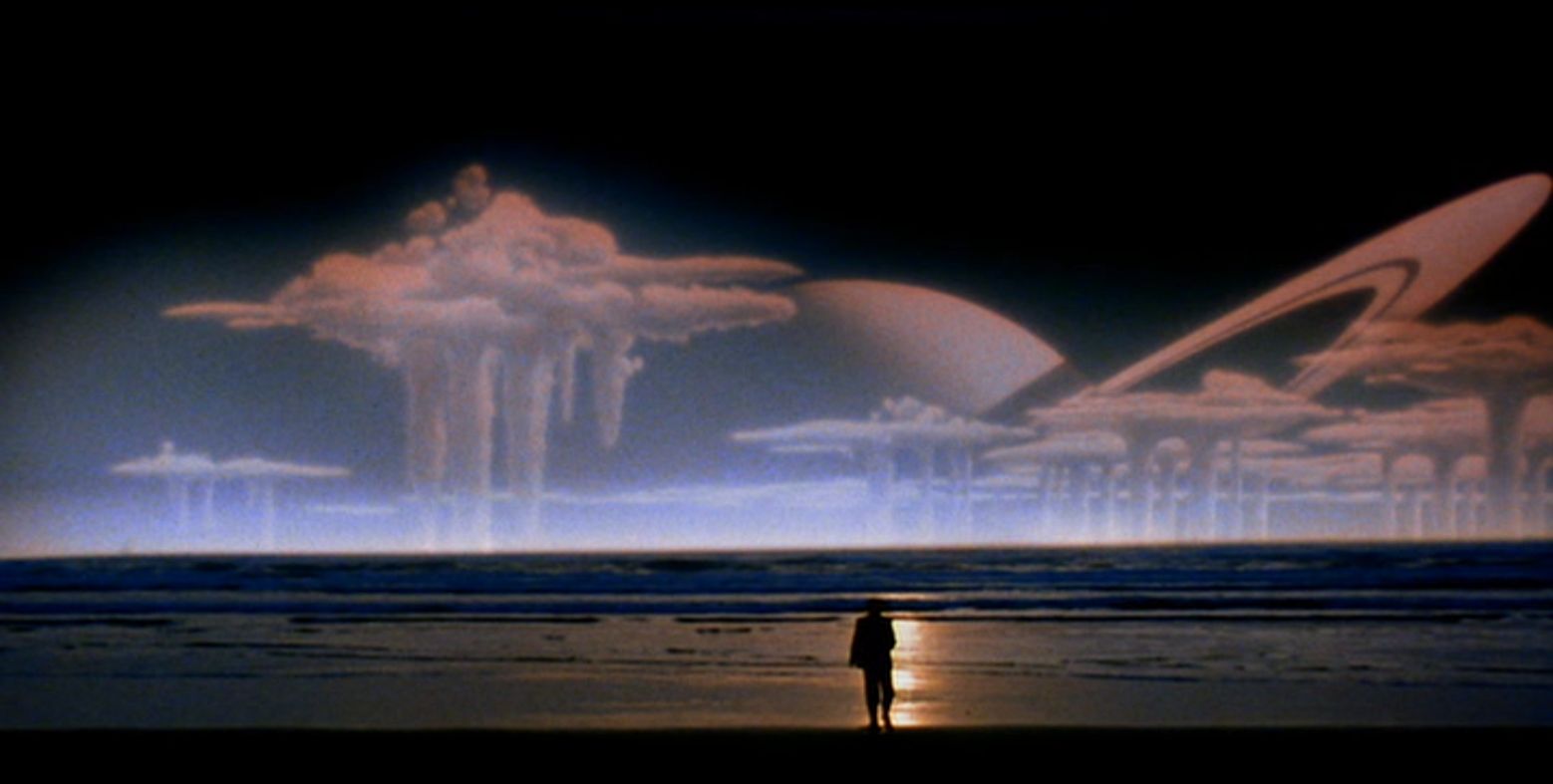
Created, impressively, for only 2.5 million dollars, this New Zealand film from 1985 stands as a great example of the Last Man on Earth genre. Echoing earlier films of the genre such as The Omega Man, and cited as an unofficial remake of the 1969 film The World, The Flesh and the Devil, The Quiet Earth is defined by the mammoth performance of Bruno Lawrence.
Lawrence, as Zac Hobson, commands the screen for much of the film – awaking, nude, to a world where, it seems, no-one else exists. Zac Hobson – a scientist who may be in some way responsible for the catastrophe – goes from attempting to investigate, to trying to communicate, to eventually, losing his mind and creating a false world of mannequins and cut-outs to live in.
When he finally meets Joanne (Allison Routledge)- perhaps the last woman on earth – they attempt to uncover the reason for the apocalypse, and reverse it.
Moving, unsettling and emotional, The Quiet Earth opens with stunning visual sequences of a world left behind. It may not be offering anything hugely unique, but it’s a film which takes itself seriously, and remains engaging due in part to Lawrence’s excellent performance, and in part to the beautifully achieved emptiness of the city, and cataclysm of the apocalypse.
The Quiet Earth is a seminal work of New Zealand film, showcasing one of New Zealand’s most-loved actors, and stands against other films of its ilk as a chilling speculation on the end of humanity.
3. You Are a Widow, Sir! (1971)
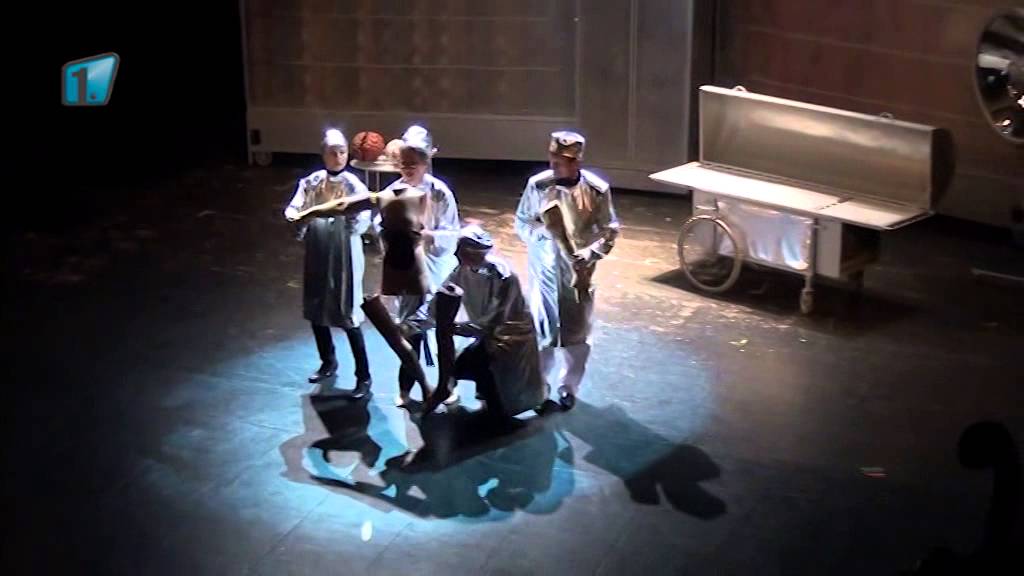
At a meeting of two kings, a bumbling soldier accidentally cuts off the arm of one king. The other king declares himself so frustrated, he will disband the military. The military attempt to assassinate him, but are foiled by the absurdly prescient, bumbling astrologer Hample.
A cattle-killer employed by the military kill Hample – and the Institute of Neuroscience want to keep his brain. Meanwhile, the military have decided to build a double of the famous actor Evelina Keletti out of veal, animate it, and give it the brain of a psychopathic man-hating murderess named Stubbs.
Whoops, the brain-courier accidentally switches brains and Hample’s brain ends up in the veal-double-body of Keletti: and all of this in the first ten minutes of the film. Completely unlike any other cinematic experience, the films of Vaclav Vorlicek, Polish master of comedy and science fiction, are sheer delight and madness.
You are a Widow, Sir! runs at a breakneck speed. The film is feverishly inventive, bouffant and grand guignol in equal measures, and deliciously loveable. Iva Janzurova plays the original Evelina Keletti, the veal-double with the bumbling astrologer-brain, and later, Stubbs. In each role she is incredible: a comedic chameleon who reaches Jim Carrey’s level.
The plot rises wildly and unfurls in a cataclysm of slapstick, absurdity, schemes on schemes, bombs in shoes and stomachs, and random murders.
The cast are on-point, the music is jaunty and electrifying, and the brain-swapping doctor’s surgery is particularly memorable. Relatively unknown, this film and others of Vorlicek’s ouvre – (like the equally fabulous Who Wants to Kill Jessie?)- represent a niche area of 70s science fiction cinema definitely worth investigating.
2. Kin-Dza-Dza! (1986)
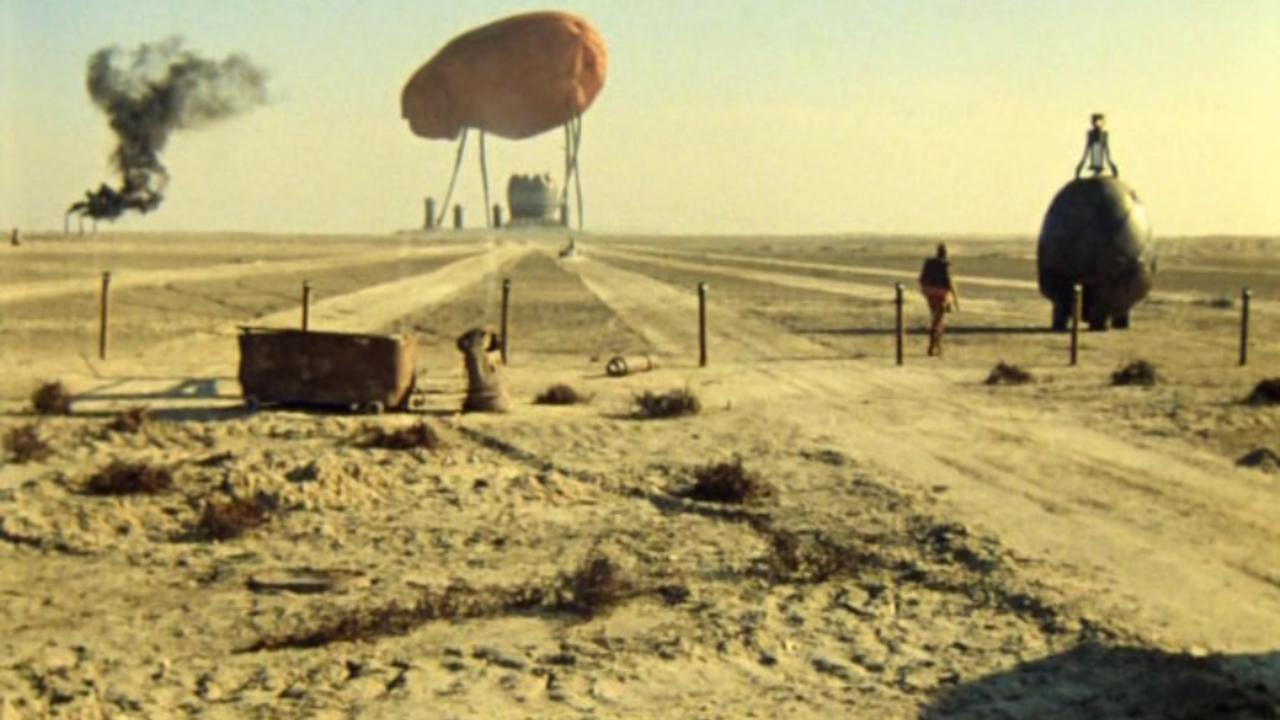
Imagine Wes Anderson on Tattooine and you are a third of the way to the splendid world of Kin-Dza-Dza!, a Russian sci-fi comedy directed by Georgy Daneliya, and starring the legendary Stanislav Lyubshin.
This film is sumptuously realised, wildly plotted and features a vein of comedy as dry as the desert in which the heroes are lost. Vova (Lyubshin) is a typical Soviet worker who comes home to his dingy apartment, but before he can relax discovers he must go and buy bread for dinner. In the street, he comes across gawky Skripach (the superbly contained Levan Gabriadze).
Skripach needs him to help with a homeless man who wants the co-ordinates of the planet that he is on. The homeless man holds out some kind of device, Vova and Skripach touch it, and pop! instantly they are transported to the planet Plyuk, far across the universe.
Armed with a violin (which neither of them can play), a bottle of vinegar, and a box of matches, they meet Mr Uef and Mr Bee – two Plyukians who fly a weird rust bucket. Uef and Bee are gross, guttural and odd, both manipulating and helping Vova and Skripach through Plyuk.
The ruined desert world is full of customs and rules, involving how yellow your trousers are, how many times you should squat, and whether you should wear a nose-ring and sing from a cage. The vast desert is populated with amazing sets, and the film itself is so well conceived that the viewer feels, like Vova and Skripach, transported to this horrible, hilarious place.
The imperturbable Vova and kleptomaniac Skripach scheme, sing and ku their way across the bizarre alien world, trying to get home however they can.
Whilst many Soviet-era science fiction movies are unique, and loveable in their naivety, but still feel insubstantial, Kin-Dza-Dza is a true gem of cinema; masterfully scored, dark, hilarious, heartbreaking and, ultimately, luminous.
1. On The Comet (1970)
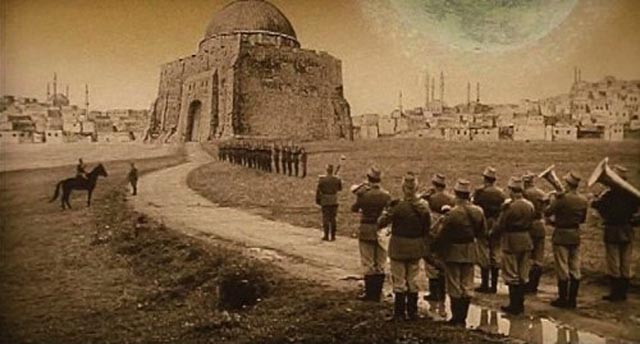
Cited as an influence on filmmakers as diverse as Terry Gilliam, Tim Burton, Steven Spielberg, Wes Anderson and even Ray Harryhausen, Karel Zeman’s had one of the most unique cinematic visions ever.
Zeman’s inimitable style was to bring books to life. His first film – Cesta du Praveku (Journey to the Beginning of Time) – a sort of Stand By Me blended with Jurassic Park – tells the story of four inquisitive boys journeying to the prehistoric, down the river of the past. The film was made in 1955 and seamlessly melded live-action and animation.
In the years following, Zeman painstakingly created a series of films pioneering techniques to blend live-action and animation. Prefiguring Who Framed Roger Rabbit by thirty years, Zeman created a visual world which made indiscernible the differences between set and animation, model and actor, real-world and created.
On the Comet draws inspiration from the illustrations Zeman loved as a child in Jules Verne’s books, and literally brings these pictures to life. The film tells the story of a hapless lieutenant who tumbles off a cliff into the ocean, and is rescued by the girl of his dreams.
War is raging around the couple, however, and there are many bad guys with guns trading and fighting with the lieutenant’s army – an invading force. Like Lars Von Trier’s Melancholia, another invading force looms – a planet/comet in the sky, coming closer, threatening destruction.
As the soldiers and native inhabitants are engaged in a petty war, the lieutenant and his girl, Angelica, run from the bad guys. The looming comet smashes into earth and heroes, gun-runners armies and entire fortresses, are sucked up and somehow transplanted there.
The comet is filled with dinosaurs and other crazy creatures – and after a long time, the soldiers discover guns will not deter these foes, only creative thinking will. An extended parable about the folly of war, the inflexibility of bureaucracy and the stupidity of the military,
On the Comet is a visual masterpiece, full of images which are utterly one of a kind. Any viewer will be reminded of the animation of Gilliam or the visual worlds of Tim Burton when viewing Zeman, yet Zeman’s skill and invention remain unparalleled.
If you haven’t seen any of Zeman’s films, they deserves investigation, as his small body of work represents a genius and mastery ahead of his time, and On the Comet stands out as an amazing piece of cinema.
Author Bio: Alan Grace is a playwright, screenwriter, director and actor. He lives in Australia with his partner Carli, plays a lot of Scrabble and Chess, and when he’s not writing new movies, he’s watching old ones.